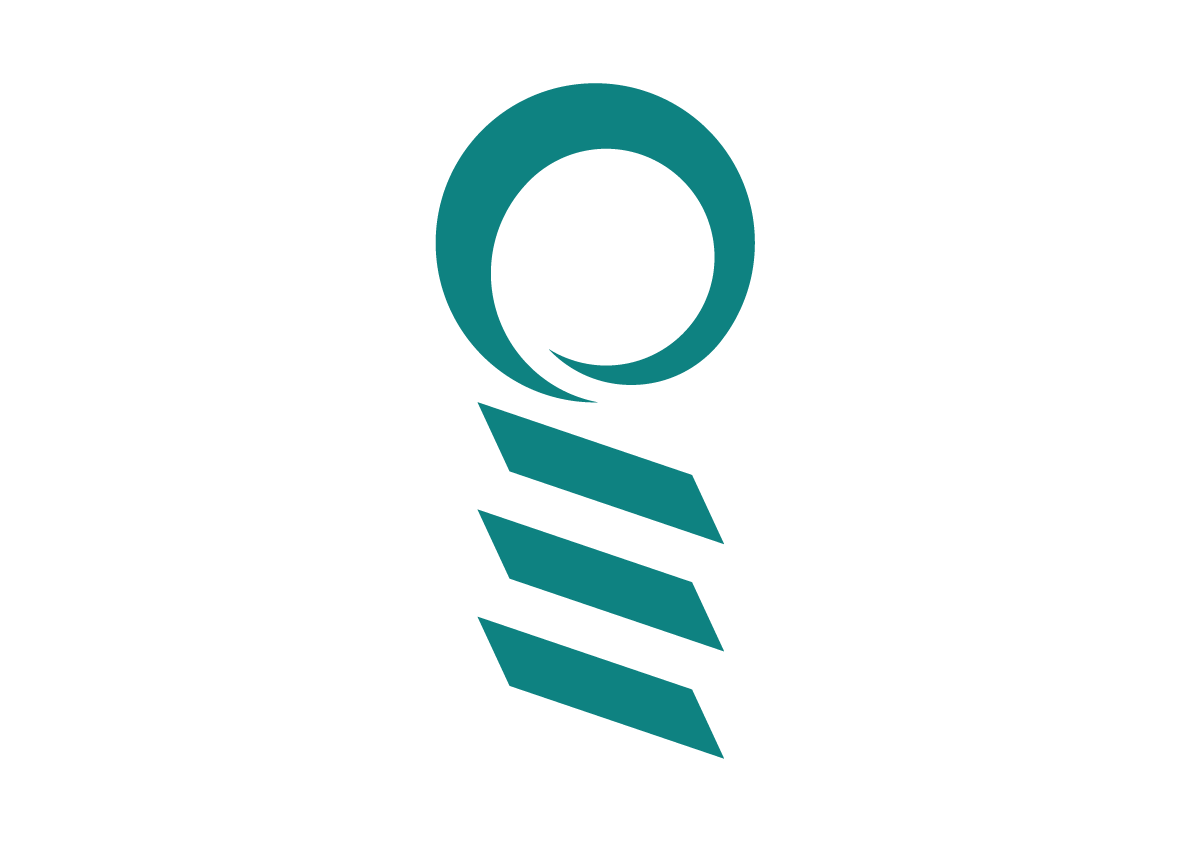The Indonesian archipelago consists of 17,508 islands, all of which are connected by seas that make up nearly 70% of the country’s total area of ± 5.1 million km2. The rest of about 30% land territory holds close to 5% (93,000 km2) of water area, putting Indonesia among countries with the largest inland bodies of water. It also boasts a 99,000-km-long coastline, the fourth longest in the world. With an additional Exclusive Economic Zone (EEZ), Indonesia adds another approximately 2.7 million km2 to its jurisdictional area.
The vast amount of water granted Indonesia a wealth of marine biodiversity and resources. The Mongabay ranked Indonesia the second most biodiverse in terms of fish species—just behind Australia, home to around 76% of the world´s coral species and 37% of the world´s coral reef fish species—the highest diversity of coral fish species in the world. If better managed, the maritime sector can potentially contribute an annual USD 1.33 trillion to the country’s economy, or nearly one and a half times of the 2017 GDP. With this number of revenue, Indonesia could generate 45 million more employment or 40% of the current total work force.
Meanwhile, looking from a bird’s eye-view, Indonesia strategically lies between the Pacific and Indian Ocean. About 90% of global trade goods are carried through water and 40% of it pass across Indonesia’s sea lanes. The Malacca, Sunda, Lombok, and Makassar Strait become some of the busiest straits in the world. By ratifying the UNCLOS 1982, Indonesia has agreed to provide three sea lanes for international trade routes called the Indonesian Archipelagic Sea Lanes (Alur Laut Kepulauan Indonesia/ALKI), making it more significant to the global economy. The strategic position, along with Indonesia’s large population, abundant natural resources, and its diplomatic activism and leadership roles in Southeast Asia—and ASEAN in particular, have as well put the country at the core of contention of great power rivalry that seek to expand influence in the region.
The great marine resources, however, have yet to be optimally utilized, and there persists the questions of fair distribution and sustainability on its management. On a rough calculation, Indonesia has only managed to optimally utilize less than 10% of its marine resources. Indonesia is only scored 67 out of 100 and ranked 113 among 221 EEZs according to the Ocean Health Index, which assesses countries’ capacity in maximizing the ecological, social, and economic benefits of the ocean without compromising its ability to deliver those benefits in the future.
On security ground, having three ALKIs crossed over by more or less hundreds international ships on a daily basis, Indonesia is vulnerable to transnational crimes. The International Maritime Organization (IMO) noted that 72 out of 178 transnational crimes took place in the ALKIs, including armed robberies, piracy, drug smuggling, people smuggling, and arms smuggling. Moreover, the Indonesian water is also prone to global terrorism activities, foreign intervention, and illegal fishing, increasing the need to bolster preventive efforts.
Thus, having said it all, as a maritime state that sits on a globally strategic spot, Indonesia has to attempt holistically to comprehend its contributive role toward global peace and regional stability. To attain these ends, little can be achieved unless all of elements that comprises Indonesia can culturally embrace meaning of their global maritime significance. Our studies and prescriptive analytics, therefore, will be carried out with these goals in mind:
Political Economy: To achieve sustainable use and fair distribution of marine resources for the benefits of the people.
Security: To ensure Indonesia’s strategic position is safely sustained or maintained in the context of global trade and that great power rivalry will not diminish Indonesia’s sovereignty.
Culture: To help Indonesian people develop and embrace knowledge and sustainable practices in the maritime sector.
Team of Experts



